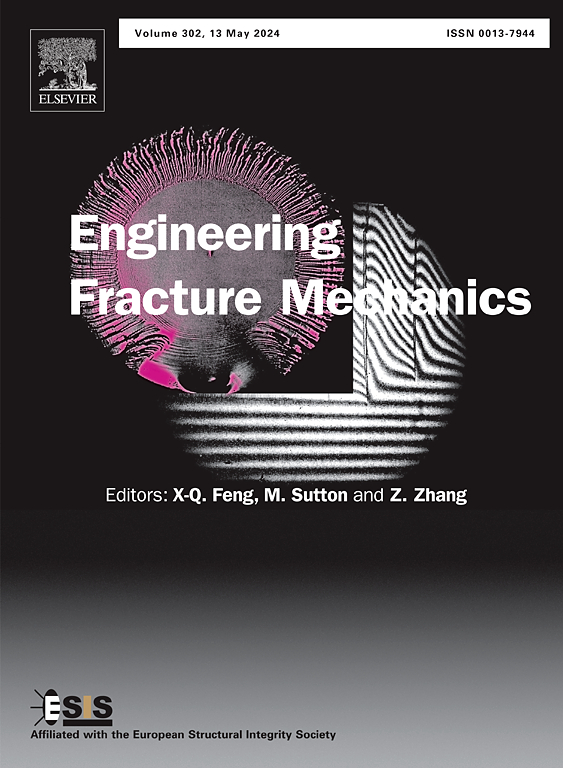Synergistic design of curved beam metastructure with tunable nonlinearity deformation and Poisson’s ratio
IF 4.7
2区 工程技术
Q1 MECHANICS
引用次数: 0
Abstract
Mechanical metastructures have gained extensive attention owing to their preeminent mechanical properties. However, how to effectively and conveniently design metastructures with tunable nonlinearity mechanical behaviors remains a fundamental yet unexplored challenge. In this study, two types of curved beam metastructure (CBM) are proposed, referred to as the single curved beam metastructure (SCBM) and double curved beam metastructure (DCBM). The Poisson’s ratio, load-bearing capacity, and energy absorption characteristics of CBM are explored through numerical simulations and experiments. The results show that SCBM and DCBM not only provide exceptional flexibility, exhibiting various nonlinearity characteristics such as negative stiffness, bi-stable, quasi-zero stiffness (QZS), and positive stiffness, but also possess the unique ability to switch the Poisson’s ratio sign. Additionally, multiple deformation modes can be tailored by introducing gradient design, allowing for controlled and orderly transformation between these modes. The outstanding nonlinearity characteristics of CBM make them ideal for designing multifunctional structures. This study offers a novel approach for the tunable design of nonlinearity deformation and Poisson’s ratio, promoting the application of tunable CBM in fields such as aerospace and automotive engineering.
求助全文
约1分钟内获得全文
求助全文
来源期刊
CiteScore
8.70
自引率
13.00%
发文量
606
审稿时长
74 days
期刊介绍:
EFM covers a broad range of topics in fracture mechanics to be of interest and use to both researchers and practitioners. Contributions are welcome which address the fracture behavior of conventional engineering material systems as well as newly emerging material systems. Contributions on developments in the areas of mechanics and materials science strongly related to fracture mechanics are also welcome. Papers on fatigue are welcome if they treat the fatigue process using the methods of fracture mechanics.

 求助内容:
求助内容: 应助结果提醒方式:
应助结果提醒方式:


